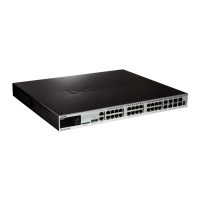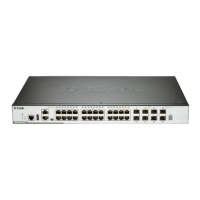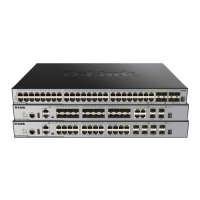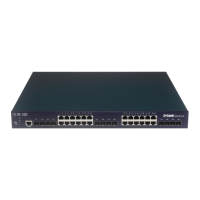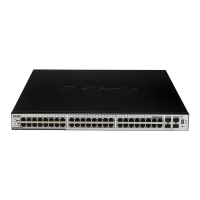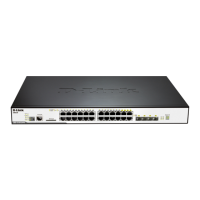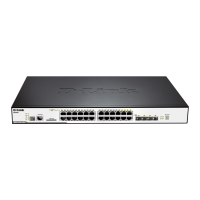xStack
®
DGS-3620 Series Layer 3 Managed Stackable Gigabit Switch Web UI Reference Guide
364
Loopback Detection Settings
The Loopback Detection (LBD) function is used to detect the loop created by a specific port. This feature is used to
temporarily shut down a port on the Switch when a CTP (Configuration Testing Protocol) packet has been looped
back to the Switch. When the Switch detects CTP packets received from a port or a VLAN, this signifies a loop on
the network. The Switch will automatically block the port or the VLAN and send an alert to the administrator. The
Loopback Detection port will restart (change to normal state) when the Loopback Detection Recover Time times
out. The Loopback Detection function can be implemented on a range of ports at a time. The user may enable or
disable this function using the drop-down menu.
To view this window, click Security > Loopback Detection Settings as shown below:
Figure 8-50 Loopback Detection Settings window
The fields that can be configured are described below:
Parameter Description
Loopback Detection
Trap State Use the drop-down menu to set the desired trap status: None, Loop Detected, Loop
Cleared, or Both.
Log State
Use the drop-down menu to enable or disable the state of the log for loopback
Interval (1-32767)
The time interval (in seconds) that the device will transmit all the CTP (Configuration
Test Protocol) packets to detect a loop-back event. The valid range is from 1 to
Recover Time (0 or 60-
1000000)
Time allowed (in seconds) for recovery when a Loopback is detected. The Loop-
detect Recover Time can be set at 0 seconds, or 60 to 1000000 seconds. Entering 0
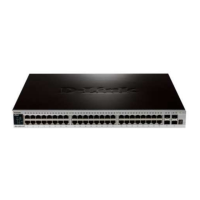
